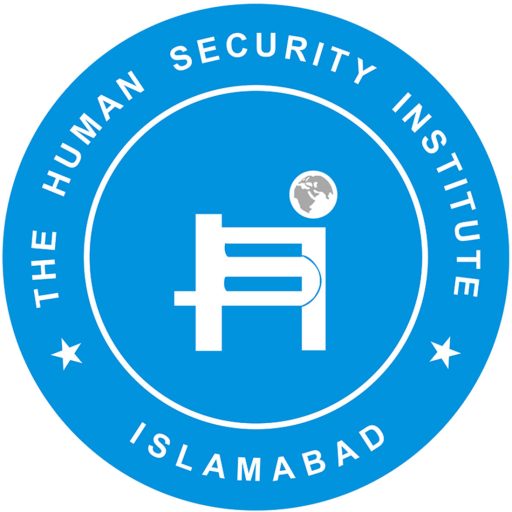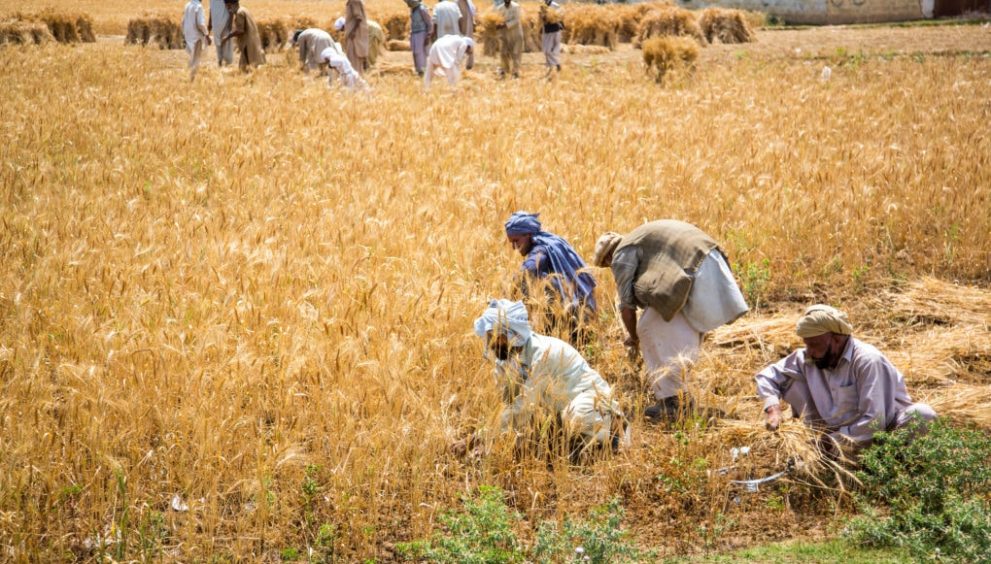Food and Health security form a central place in the contemporary discourse of Human Security. The developed countries of the world have been striving persistently to modernize their agricultural sector and to increase their food production, and are investing in providing quality health services to their citizens. But the third world countries have been witnessing the continuation of malnutrition, undernourishment, hunger and poverty on a large scale. Besides this, the lack of quality health services in the relatively poor countries have added fuel to the fire. The Islamic Republic of Pakistan was once known as the bread-basket of Indian subcontinent, but currently it is a subject of
debate and discussion when it comes to food and health security. This paper is aimed at highlighting the status of food and health security in Pakistan.
The concept of Food Security:
According to the UN Food and Agriculture Organization (FAO), the concept of food security is flexible, but is widely believed to “exist when all people, at all times, have physical, social and economic access to sufficient, safe and nutritious food that meets their dietary needs and food preferences for an active and healthy life.” Major dimensions of food security include:
(1) Food availability: The availability of sufficient quantities and appropriate quality of food, supplied through domestic production or imports (or aid).
(2) Food access: Access by individuals to adequate resources for acquiring appropriate food for a nutritious diet.
(3) Stability: Population, household, or individual should not risk losing access to food as a consequence of sudden shocks (e.g., climatic crisis) or cyclical events (e.g., seasonal food shortages). In short, the stability concept can refer to both the availability and access
dimensions.
(4) Utilization: Utilization of food through adequate diet, clean water, sanitation and health care to reach a state of nutritional well-being where all physiological needs are met (this reflects the importance of non-food inputs in food security)
The concept of Health Security:
Global public health security is defined as the activities required, both proactive and reactive, to minimize the danger and impact of acute public health events that endanger people’s health across geographical regions and international boundaries.
Population growth, rapid urbanization, environmental degradation, and the misuse of antimicrobials are disrupting the equilibrium of the microbial world. New diseases, like COVID-19, are emerging at unprecedented rates disrupting people’s health and causing social and economic impacts. Billions of passengers travel on airplanes each year, increasing the opportunities for the rapid international spread of infectious agents and their vectors.
Dependence on chemicals has increased, as has awareness of the potential hazards for health and the environment, like climate change and air pollution. As the globalization of food production increases, so does the risk of tainted ingredients and risk of foodborne diseases. As the world’s population becomes more mobile and increases its economic interdependence, these global health threat increase and traditional defences at national borders cannot protect against such threats.
Pandemics, health emergencies and weak health systems not only cost lives but pose some of the greatest risks to the global economy and security nowadays.
The importance of food and health security:
Food and health security are central to the prosperity of a country. Food insecurity yields physical and mental impairments that could impact the socio-economic status of a country. Furthermore, food and health security are central to the domestic stability of a country. If a nation-state fails to feed its population, the prospects of criminal activities and revolts get high. The pre-revolution French society, for instance, was the nerve-center of hunger, poverty and expensive food in the Europe. When the sufferings of the masses crossed its limits, the masses, equipped with lethal weapons, took to the streets and ruthlessly guillotined their leaders. Currently, the state of India is in turmoil because of the weeks-long protests of the farmers. Although, the central point of protest is economic, but it could also have repercussions on the state of food security in India. The right to food was enshrined in the international covenant on social, economic, and cultural rights in 1966. Hence, food security is the central part of International Law. The importance of food security can also be realized from the fact that it occupies a central place in United Nations) Millenium Goals, and the more recent Sustainable Development Goals (SDGs). The second goal is about Zero Hunger. The new statistics depict that 8.9 percent of the world`s population, or 690 million people are hungry and facing undernourishment. If the contemporary trend continues, the figure would jump to 840 million people by 2030.
The state of Food security in Pakistan:
Currently, Pakistan is, up to a greater extent, self-sufficient in the production of wheat, rice, sugarcane and milk production. In spite of this self-sufficiency, only 61.1 percent of its household, according to the ministry of health and UNICERF`s national nutritional survey, are ‘food secure.’ There are three categories of determining the status of food security: mild, moderate, and severe. 18.3% of Pakistan`s population, residing in Baluchistan and Sindh, have been facing severe food insecurity. According to the latest estimates of FAO, the country is struggling with the issues of under- nourishment, micronutrient deficiencies, and a deficit of safe drinkable water. These statistics project that Pakistan could also use its self-sufficiency in the future.
The state of health security in Pakistan:
According to the 2018 statistics of World Health organization, Pakistan is facing a double burden disease. The ratio of hepatitis B&C is 7.6%; 5th highest tuberculosis in the world; and focal geographical area of Malaria. Pakistan is ranked 7th in diabetic prevalence and one in four adults are hypertensive coupled with high smoking levels. The estimated prevalence of various forms of malnutrition conditions in children under 5 years is: 31.6% underweight, 10.5% wasting, 3.3% severe wasting, 45.0% stunting and 4.8% overweight. Half of women of reproductive age are anaemic (50.4%). Increasing political commitment to maternal, new-born, and child health is reflected in the endorsed
national vision and the Ten Point Priority Agenda for RMNCAH & Nutrition 2016– 2025. The Burden of disease is rendered worse by an increasing population, with Pakistan now the fifth most populous country in the world having a growth rate of 2% per annum, contraceptive prevalence of 35% and unmet need for birth spacing of 25%.




